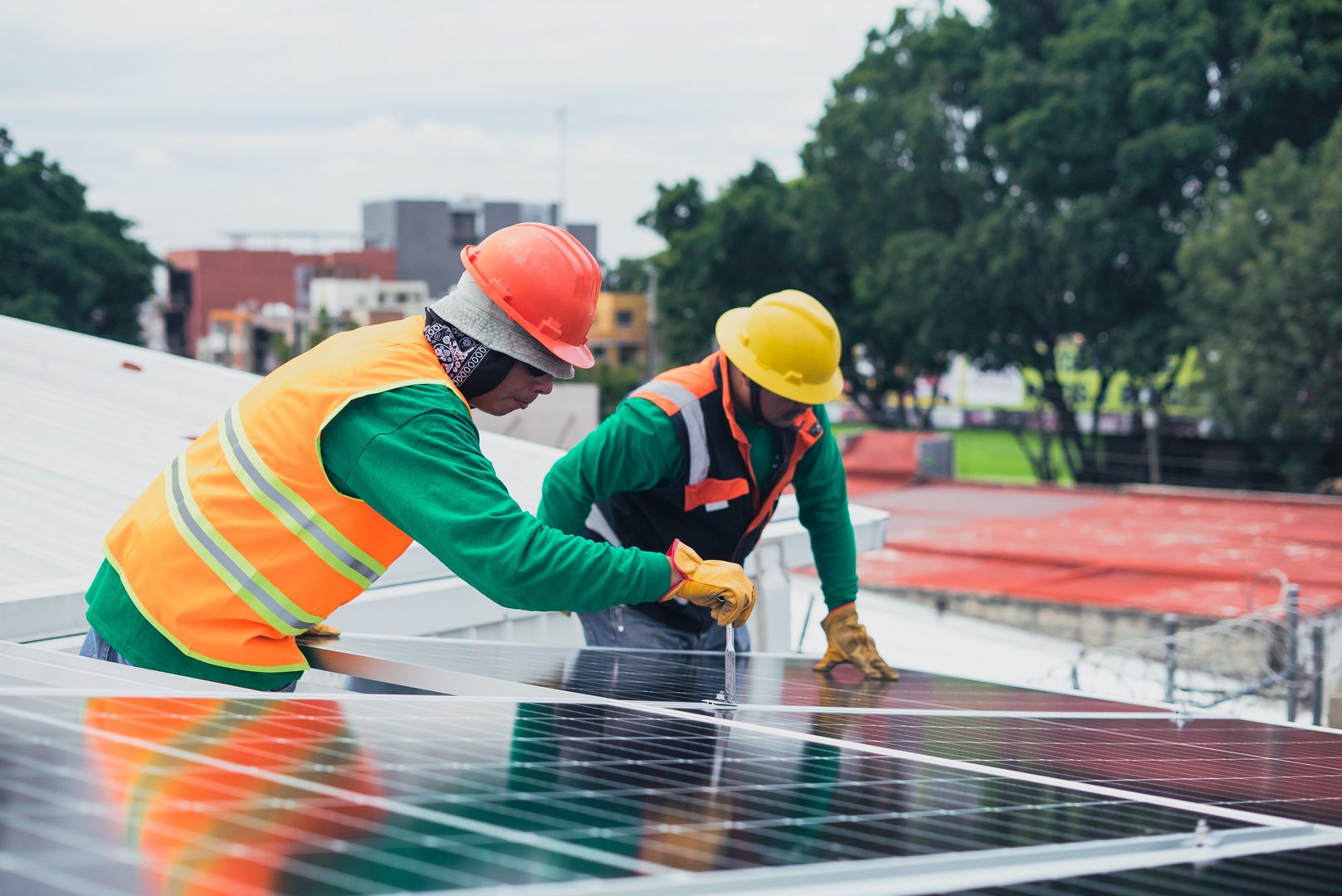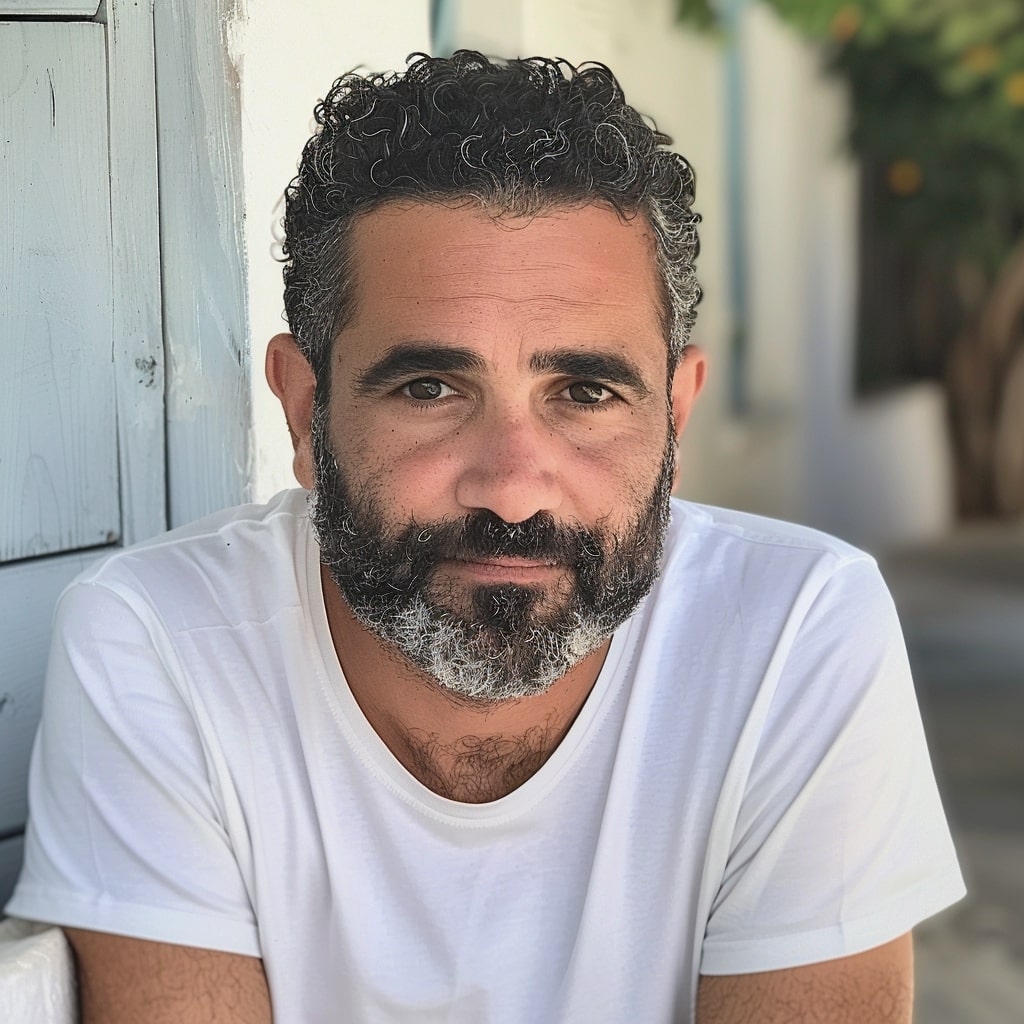In late July the government unveiled a plan for ‘a solar panel on every rooftop’, with the primary goal of driving down high electricity costs for households. It came on the heels of the government taking flak for not extending the subsidising of electricity bills. But two weeks later, the Cyprus Mail learns the scheme is a work in progress, with authorities reluctant to go into details about it.
On July 20 Energy Minister George Papanastasiou said the broader public would be able to apply for a photovoltaic (PV) rooftop system, and then repay it via installments to the Electricity Authority of Cyprus – the implementing organisation.
The minister went on to explain it would not be a subsidy – the scheme would be financed by banks, and by importers and installers of PVs and batteries. All these will come under one umbrella – the EAC.
Essentially the state – through the EAC – would put up the capital for the PV systems as many people simply can’t afford it, and then consumers would pay it back in installments.
“Within the next 15 days we expect to have worked out all the details, and the scheme should be announced/launched in early autumn,” Papanastasiou said at the time.
That raised a number of questions about the nuts and bolts of the scheme – how it will work in practice.
For instance, given that less well-to-do people tend to live in apartments, how would they all get PVs? Will there be enough space on rooftops to fit the units? And if not, would they use vertical PVs like they do in Germany?
Another question: with people slowly paying back the cost of PV installation, how can the government afford this massive initial outlay? The minister spoke of the banks possibly giving out loans – presumably to the EAC.
Also, whenever the scheme is announced, how will authorities meet the huge demand for the PV units that will almost certainly materialise? Wouldn’t everyone want them at once?
Meantime the EAC – who will be overseeing the scheme – appear to be mainly concerned with production rather than upgrading the grid, which is the key for more renewables.
We reached out to the minister as well as the EAC to follow up on the story.
It turns out that within the EAC, the matter is being handled by the Non-Regulated Activities Division. We sent them an email with some of the aforementioned questions.
Their response: “Your questions are valid and of course there are other issues which we need to study before any plan is announced. For the time being we are in the study stage and cannot answer your questions without the technical-financial studies first having been done, while at the same time any scheme must comply with regulatory and legal provisions.”
The EAC promised that all these queries would be answered in due course, when they had something concrete to announce.
And EAC spokesperson Christina Papadopoulou told us they did not yet have a timeframe for the rollout, or any specifics about the cost.
Likewise, the energy minister advised patience when we contacted him.
“The scheme is being studied. There are many moving parts, and some of the specifics may change. But it will be rolled out in early autumn, as announced,” Papanastasiou said.
“It’s a plan under evaluation, but it’s well progressed.”
The minister reiterated that the scheme’s purpose is to provide people with affordable electricity.
“Think of it as a credit facility. It’s a short-term tool to help people without capital [to buy a PV system].”
Other sources knowledgeable about the subject, but preferring not to be named, said the core idea is to promote own consumption of electricity – in other words usage/consumption of electricity at the location where it’s generated.
On whether vertical PV arrays would need to be installed to save space, the sources said most probably not.
“Obviously in buildings or high-rises with many apartments you wouldn’t have enough room to accommodate every tenant. But that’s not how the scheme is being envisioned – applications will be considered practically, on a case-by-case basis. For example, buildings with just five or six apartments – where space on the rooftop is no issue – would get priority. Also, single-family homes.”
Regarding the inevitable surge in applications for the PV units once the scheme goes live, the same sources suggested this would not be a problem either because cover would be provided “in waves” – presumably meaning by geographical location.
On the financial aspect, the sources said having the EAC run the scheme made sense. The EAC would either put up the capital itself, tapping into its considerable reserves, or get a loan from the banks – or a combination of both.
“At any rate, where consumers are concerned, having this go through the EAC makes sense, because that’s the organisation with whom consumers already have a direct relationship anyway.”
Still, despite acknowledging that many details have yet to be worked out, the sources remained sanguine about the scheme’s success and appeal.
They said that the way the government has gamed it out, it won’t need to jump through as many regulatory hoops as is normally the case for schemes involving electricity infrastructure. Normally such schemes get scrutinised by the energy regulator (Cera) who gives the green light.
But here, the scheme has been assigned to the EAC’s Non-Regulated Activities. In this way the government would largely ‘go around’ the energy regulator. That’s because the scheme is targeted at individual consumers – it does not concern the grid as a whole. At least that’s how the thinking goes, as conveyed to us.
But wouldn’t all this energy generated from PVs go to waste, given the admitted-to limitations of the grid in Cyprus when it comes to absorption of renewables?
Spokesperson for the Transmission System Operator (TSO), Vrahimis Koutsoloukas, said the idea is to have hybrid systems – PVs with storage batteries. That way, any energy not absorbed would be stored for later – kicking in even during the same night on any given day.
“PV power can sometimes be absorbed, sometimes not. When total demand is low, not all PV power can be used. But when demand is high, more of it can be used.”
Koutsoloukas said that in the summer electricity demand can peak at 1200 megawatts. In wintertime it’s much lower, averaging 650MW per day on a yearly basis.
On why the grid isn’t being upgraded to take in more renewables, the official commented that this “doesn’t happen overnight.”
He said that while a programme is in place to upgrade the grid, this will happen over a 12-year period.
“Right now, we manage up to 65 per cent of renewable energy generated. To be clear, that’s the maximum intake that occurs on occasion, not the average. But given that we achieve this with only solar and wind, that number is quite impressive.”
Leader of the Greens, Charalambos Theopemptou, welcomed the announcement of the PV rooftop plan but acknowledged that it won’t be smooth sailing ahead.
On whether the energy ministry might get swamped by applications, the MP took it a step further.
“All these systems must get inspected and connected to the grid by EAC technicians. Now picture how many sites the EAC staff would have to visit. Even now it takes about three months to get connected with a PV system, as the EAC don’t have enough staff, though they’ve indicated they’ll hire more.”
Another potential trouble spot he highlighted has to do with the payments – this could turn into a fiasco unless properly handled.
“Let’s say you apply for such a PV system and get connected, then the bills start coming from the EAC – one line item for actual consumption, and a separate line item for paying back the PV system. OK what if someone pays the consumption tariff, but doesn’t pay the installment fee on time? Does the EAC cut the power off?”
To give them the benefit of the doubt, the minds behind the scheme must be thinking about these issues. But as previously mentioned, authorities were reluctant to go into specifics.
We also asked Theopemptou how the mass installation of PVs for homes would play out in the industry. Would the PV parks – commercial profit-based enterprises paid well per unit of energy produced – not react? Stated otherwise, would certain vested interests not act to hamper these plans?
The MP said it was a valid question but didn’t think so.
“A great deal of the power generated in Cyprus goes to industry. So, on balance, I don’t see ‘competition’ between the PV parks and households.”
He said PV parks currently turn profits of 300 to 400 per cent a year.
“So, I think it’s time we expanded usage of renewables, but in a way that benefits society as a whole, not just certain business interests.”
But why would the EAC ‘take the lead’, as it were, in this household PV project? After all, isn’t their top concern to produce – and sell – as much electricity as possible from their power stations?
“In Cyprus we’ve got roughly speaking 400,000 to 500,000 buildings,” says Theopemptou. “Now say just 200,000 applied for this PV scheme. And it goes without saying the EAC will make a profit for the service. You can probably see why the EAC would want to get out in front of this.”







Click here to change your cookie preferences